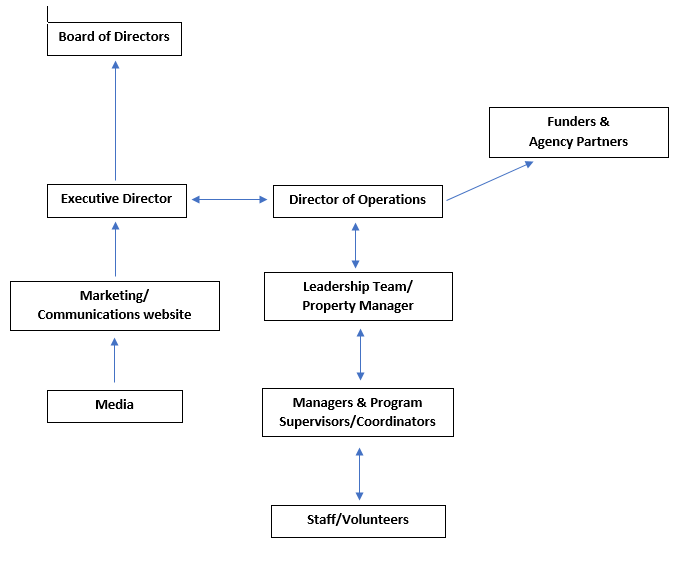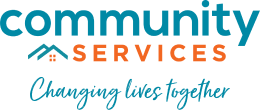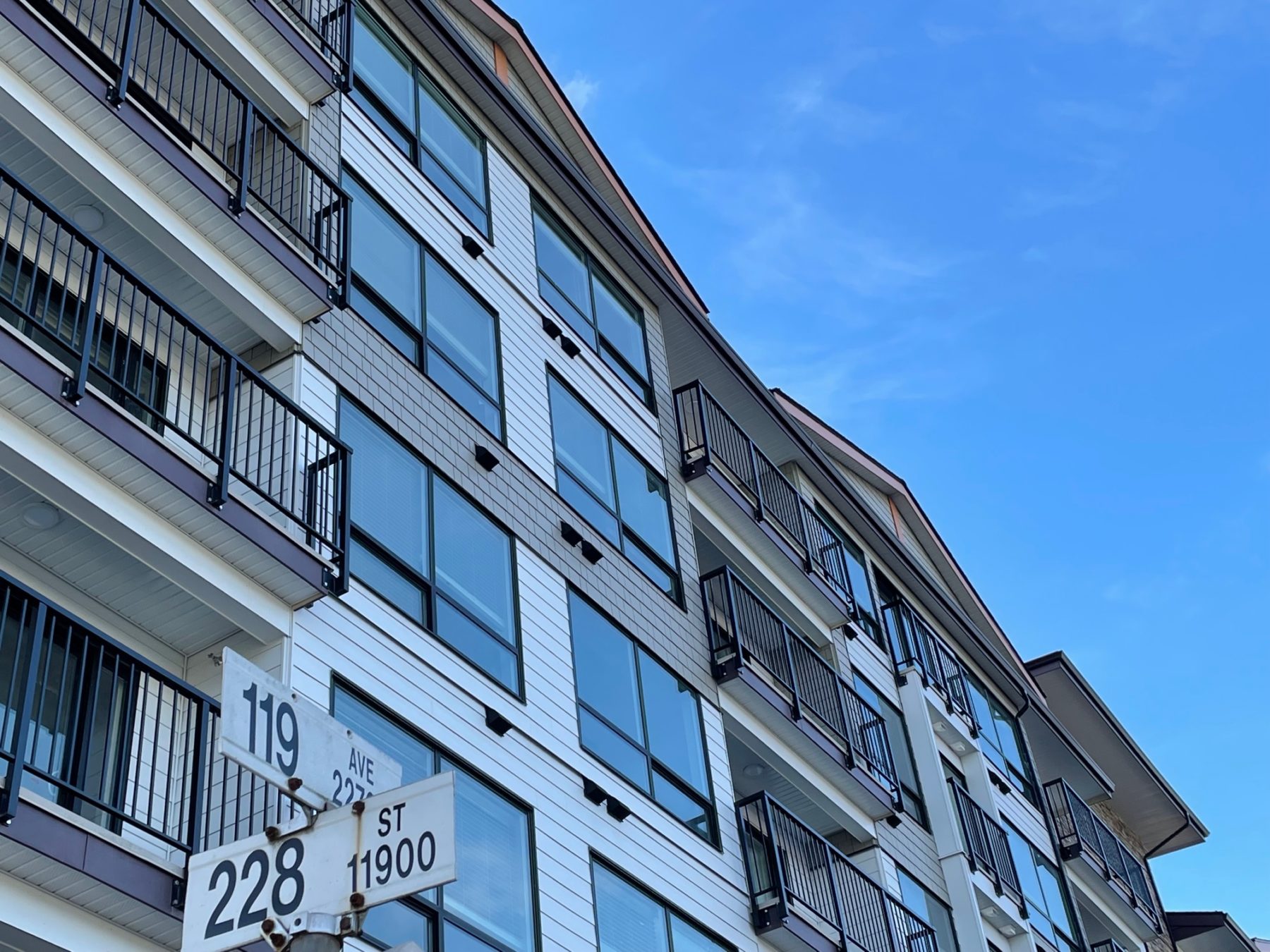General Emergency Procedures/Information Resources
- Emergency/Non-Emergency Telephone Numbers
- Emergency Notification Tree
- Designated Meeting Areas
- Evacuation
- First Aid Kits / Naloxone Kits / AED
- Emergency Facility Closure / Emergency Temporary Relocation
- General Information
- Debrief and Well-Being
Emergency/Non-Emergency Telephone Numbers
Emergency Contacts
Fire, Police, Ambulance – 911
Terasen Gas Leaks and Odours – 1-800-663-9911
Earthquake, Flood, Dangerous Goods Spill, Tsunami – 1-800-663-3456
Poison Control Centre – 604-682-5050 or 604-682-2344
Power Outages and Emergencies – 1-888-769-3766
Municipal Emergency Program – 604-463-5221 | Nights and Weekends – 604-463-9581
Crisis Centre – 604-540-2221
Non-Emergency Contacts
Police – 604-463-6251
Fire Department – 604-463-5880
Ambulance – 604-872-5151
Ridge Meadows Hospital – 604-463-4111
Westridge Security – 604-626-1536
Citiloc – 604-879-0404
Emergency Notification Tree

Communication with Staff and Volunteers:
• Information is shared with all staff in the building
• Internal message is left on the central phone system
• Phone messages are given to satellite program locations
• Program Supervisors are notified with detailed information to staff
• Outreach staff/staff away from the building will be contacted by cell phone
• Signage is developed for all affected program sites/buildings
Any incident requiring serious medical attention will be investigated by a trained member of the OH&S Committee with Union and Management Representatives.
Agency Documentation / Incident Reports / DMI Forms Completed
Designated Meeting Areas
Below are the areas designated as muster stations, in the event of an emergency where evacuation is necessary. All clients, personnel and visitors will report and remain at the muster station to allow the Executive Director and/or designate to account for everyone’s whereabouts. Staff take a photo of the sign in/out board and collect any physical sign in/out sheets. The Executive Director, OH&S committee representative and/or designate will assess immediate risk to personnel and property and the potential for escalation of the cause of the emergency prior to assigning emergency duties. Clients, personnel or visitors shall not leave the muster station until directed by the Executive Director or designated representative.
COMMUNITY SERVICES – West side of the building accessed from the lane. (Beside the Bowling Alley)
FOUNDRY – Entrance of the building in the parking lot.
DO NOT USE THE ELEVATORS!
Evacuation
Evacuation is used to get clients, personnel, volunteers and visitors out of the building to avoid contact with a potential threat such as fire, explosions, spills, an earthquake, or bomb threats.
Evacuation of the facility is to be implemented when it becomes necessary to leave the building due to an emergency that threatens human health and safety. Evacuation may be necessary to prevent personal injury.
Procedure:
• Receptionist will announce “This is an emergency evacuation, please leave the building immediately”
• Leave the building immediately, in a calm and orderly manner, using only the exit and directions given. If necessary and safe to do so, the receptionist or designate will take the first aid kit containing the Emergency Preparedness Plan and the sign in/out sheet (taken by cell phone).
• Get to and remain at your designated area.
• Call 911 to obtain appropriate emergency services.
• Stay together in a group. Do not leave clients unattended. Maintain support of clients with familiar staff.
• Account for Clients, personnel, volunteers and visitors using designated sign in sheet.
• Wait to be contacted for further instructions by the Executive Director or designate or Emergency Services. Clients, personnel, volunteers and/or visitors shall not leave the designated area until directed by the Executive Director or designate.
• Follow the EMERGENCY NOTIFICATION TREE to contact Maple Ridge/Pitt Meadows Community Services Personnel
Evacuation of Persons with Mobility Challenges
Non-Ambulatory Persons
Always consult with the person as to their preference with regards to:
• If recommended, ways of being removed from their wheelchair ie. The numbers of persons necessary for assistance.
• Whether to extend or move extremities when lifting because of pain, catheter bags, spasticity, brace, etc.
• After evacuation, ask if medical attention is required and if a wheelchair is not available, ask where they would be comfortable.
Persons with Low Vision
• Tell the person the nature of the emergency and offer assistance
• As you walk with the person, tell them where you are and advise them of any obstacles
• When you have reached safety, orient the person to the location and provide any further assistance that is needed.
• Confirm “buddy” for the duration of the evacuation
Hard of Hearing Persons
• Persons with impaired hearing may now be aware of emergency alarms. Therefore, they may need to be warned on other ways:
o Get the person’s attention by moving into their line of sight, touching the person on the shoulder, or using a note telling them what the emergency is and the nearest evacuation route
o Assist the person to evacuate and when you have reached safety, ask if any further assistance is needed.
o Confirm “buddy” for the duration of the evacuation.
First Aid / Naloxone Kits / AED
All First Aid Kits include a Naloxone Kit packed with them.
Locations
COMMUNITY SERVICES (upstairs) – In the staff room, on top of the recycle shelving, left of the main door.
COMMUNITY SERVICES (downstairs) – In reception, marked cabinet across from the kitchenette sink.
THE CLUB – Under reception desk next to the entrance.
ALISA’S WISH – In the medical examination room #151.
CCRR / FAMILY PLACE – ECE kitchen cupboard, behind the door.
FOUNDRY – Multiple first aid kits throughout the center, one is in the cupboards above the microwave in the demo kitchen, another is in the cupboards above the touchdown space in the staff room and both exam rooms that the doctors use are equipped with medical supplies akin to the contents of the first aid kits.
AED Locations
COMMUNITY SERVICES – Downstairs reception, to the right of the sign in/out board.
Emergency Facility Closure / Emergency Temporary Relocation
Emergency Facility Closure
Maple Ridge/Pitt Meadows Community Services is prepared for emergency situations that could impact personnel, clients and the facilities. The Executive Director or designate is responsible for communicating all emergency situations to the Board of Directors. In the event of a facility closure:
• A sign will be posted at the facility affected explaining the reason for closure
• Emergency contact number(s) will be posted for the agency
• If known an estimated re-opening time will be posted
• When possible, the agency social media and website will be updated with pertinent information
• Where applicable, affected family members will be notified
• It will be the responsibility of the Executive Director in conjunction with the Senior Leadership Team to arrange for alternate locations for service if the relocation needs to be longer than temporary (a couple of hours to one day). The Executive Director or designate will work with Community Partners and the Ministries to find a space to utilize while the facility is closed.
Emergency Temporary Relocation
In the event of a temporary emergency that results in the agency having to relocate its service, programs will find temporary relocation at other agency or community facilities. These temporary locations will provide telephones, internet, washrooms, and meeting space.
For example:
Working from home, if appropriate
Relocating to other community facilities
General Information
If a client, personnel, volunteer or visitor has a serious injury or medical condition, use the following procedure to analyze the type of assistance needed. For further assistance refer to the current First Aid Book in the First Aid Kit.
• Assess the situation to the best of your availability
• If you do not have a First Aid certification, find a First Aid trained staff member to apply appropriate First Aid
• Call 911 to obtain appropriate emergency services
• Check personnel or volunteer files for medical information that may be important, and check client case records if applicable
• Notify other appropriate personal of the situation. Only as needed, check others choice and privacy
Safety Link Bands
Safety link bands can be signed out through reception
Foundry has panic buttons in all office and meeting spaces
Debrief and Well-Being
Emergency situations will occur when we least expect them and even after we’ve done our very best in ways of prevention. It’s important to take care of yourself and not assign blame or guilt as the safety of staff, volunteers and clients are everyone’s top priority.
After an emergency situation, please reach out for help and assistance. This can take many different forms depending on the person, and the type of incident as well and change as time of the incident and after may alter our perspective. The following are available resources:
• Speaking with your Program Director or colleagues
• Speaking with the Director of Human Resources or Executive Director
• Speaking with your union for support
• Connecting with the agency’s confidential Employee Assistance Program (EAP) – Lifeworks
• Coordinating with your Program Director or formal and/or informal debrief session, individually or group depending on the situation
• Debrief sessions can be facilitated ‘in-house’ by leaning into colleagues with clinical/incident debriefing expertise
• Debrief sessions can be facilitated by a 3rd party such as WorkSafe or contractor


